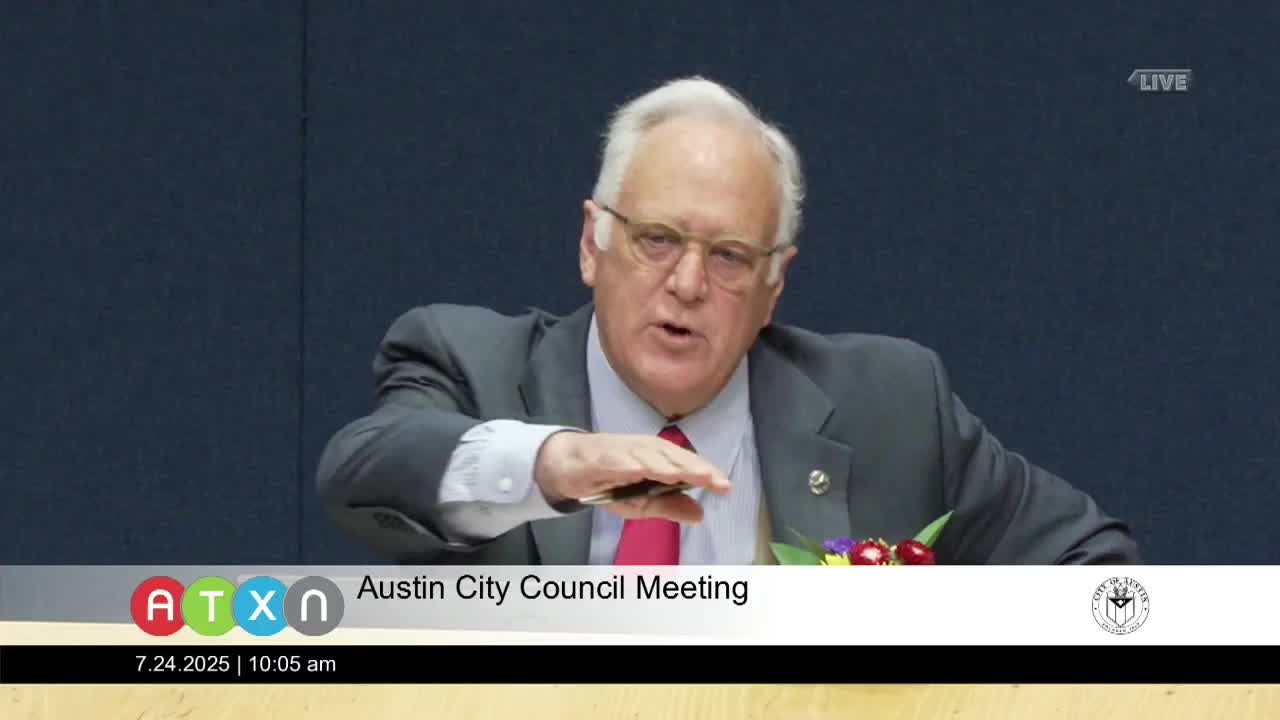City Council Implements New Testimony Format for Enhanced Efficiency
July 24, 2025 | Austin, Travis County, Texas
Thanks to Scribe from Workplace AI , all articles about Texas are free for you to enjoy throughout 2025!

This article was created by AI using a video recording of the meeting. It summarizes the key points discussed, but for full details and context, please refer to the video of the full meeting. Link to Full Meeting
“Please come up, and if there's an empty seat in front of a microphone, take it,” the mayor urged, emphasizing the importance of a smooth flow during the testimony. This change was designed not only to streamline the process but also to ensure that each voice could be heard without unnecessary delays. The mayor's approach reflected a commitment to fostering an inclusive environment where community members could engage with their elected officials.
As the meeting progressed, Rachel Roberts was called to the microphone, ready to share her insights with the council. Her presence marked the beginning of a series of testimonies that would shape the discussions of the day. Following her, Zenobia Joseph was also invited to speak, highlighting the council's dedication to hearing from diverse voices within the community.
This meeting exemplified a shift towards a more accessible and respectful dialogue between the city council and its constituents. By encouraging speakers to leave after their comments, the council aimed to maintain a respectful atmosphere for those who followed, allowing for a more efficient and engaging session. As the evening unfolded, it became clear that these changes were not just procedural; they represented a deeper commitment to community involvement in local governance.
Converted from Austin - City Council Meetings meeting on July 24, 2025
Link to Full Meeting
Comments
View full meeting
This article is based on a recent meeting—watch the full video and explore the complete transcript for deeper insights into the discussion.
View full meeting
